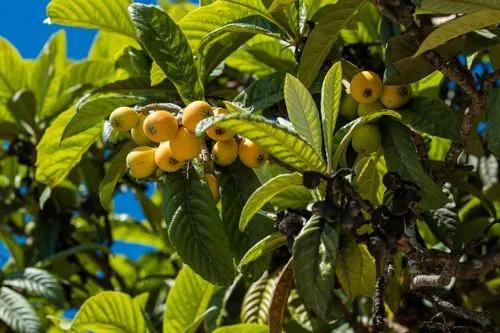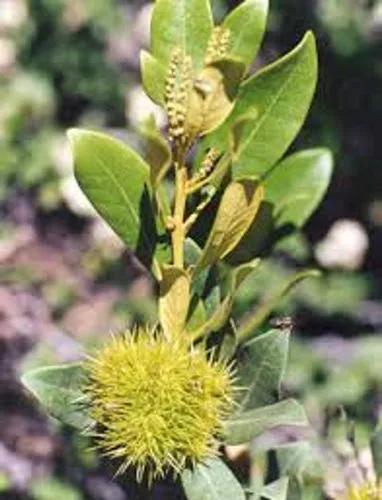Prunus salicina grows up to 10 metres (33 ft) tall, and it has reddish-brown shoots. The leaves are 6–12 cm long and 2.5–5 cm broad, with serrate margins. The flowers are produced in early spring, each about 2 cm in diameter with five white petals. The fruit is a drupe, 4–7 cm in diameter with yellow-pink flesh. It can be harvested in the summer. When fully ripe it can be eaten raw.
Santa Rosa Plum Care
Prunus Salicina 'santa Rosa'



How to Care for the Plant

Water

How much water your tree needs depends on your soil, the temperature and wind, and the size of the tree, so you’ll need to adjust as you go. Monitor the soil around the new tree and keep the root ball moist, but not wet. Avoid wetting the trunk. Depending on rain, your new tree may not need much irrigation until the weather is warm and new growth is several inches long

Pruning

Plum trees need to be pruned to encourage fruiting, develop an appropriate shape and control excess growth. Generally, prune when the leaves are off (when the tree is dormant). It’s easier to see what you are doing and removal of dormant buds (growing points) invigorates the remaining buds. Santa Rosa plums are likely to also need summer pruning to control size and vegetative growth.

Fertilizer

Fertilizer/pH: 4.5 to 7.5. In sandy, fast draining soil, you’ll likely need to fertilize. Young trees should be fertilized with a nitrogen fertilizer three times, in March, May, and July. Mature trees should be fertilized with a fertilizer intended for fruit trees, according to the package directions. Apply the entire amount in the spring. Irrigate immediately after fertilizing, and if it is very dry, also irrigate a day before.

Sunlight

receive full sun to do its best. If the location has too much shade, the tree will produce fewer and lower quality fruit. You want full sun for at least 6 hours a day in late spring, in summer and in early fall.

Soil

A "Santa Rosa" plum tree needs to be planted in well-drained soil

Popularity

194 people already have this plant 15 people have added this plant to their wishlists
Discover more plants with the list below
Popular articles






